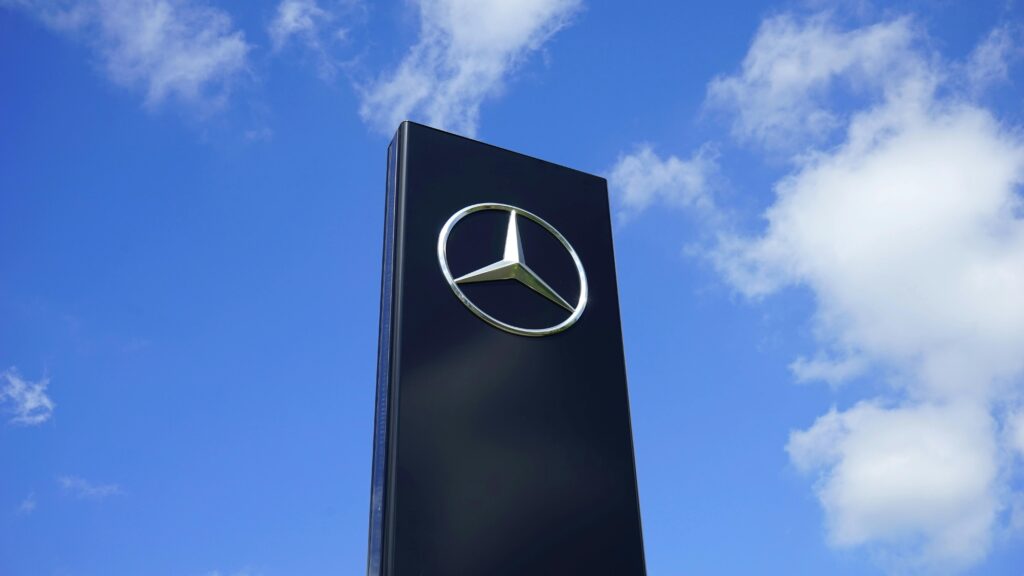Investing in the Future of EV Mobility
Mercedes-Benz is making bold moves in the electric vehicle (EV) market by committing seven to eight billion euros annually to research and development. As EVs become more prevalent, challenges such as limited range and brake wear have emerged. To address these, Mercedes has introduced two groundbreaking innovations: solar-powered paint to boost range and a specially designed braking system for EVs.
Solar Paint: Extending EV Range
Range anxiety remains a significant concern for EV users, particularly on long trips. To combat this, Mercedes has developed a revolutionary solar paint that converts sunlight into electricity. This paint uses a photovoltaic layer beneath a colored nanolayer. The nanocoating allows up to 94% of sunlight to penetrate, achieving an efficiency of 20%, similar to conventional solar panels.
Under optimal conditions, this solar paint could enable a mid-sized SUV with an 11-square-meter body area to travel up to 12,000 kilometers annually using solar energy alone. The photovoltaic layer is just five micrometers thick and weighs only 50 grams per square meter, ensuring minimal impact on the vehicle’s design or weight. The electricity generated can be used during driving or stored in the battery for later use.
Advanced Braking System: Built for Longevity
Traditional braking systems face challenges in EVs, where regenerative braking handles up to 98% of stopping needs. Infrequent use of mechanical brakes can lead to rust and unpredictable wear. Mercedes has tackled this issue with a new braking system tailored specifically for EVs.
This system connects directly to the electric motor and operates using a clutch mechanism. It features water-cooled brake discs in a closed system that captures brake dust, reducing environmental impact. Water cooling also prevents overheating during heavy braking.
Designed to last 300,000 kilometers or 15 years without maintenance, the braking system significantly lowers ownership costs. Additionally, its compact design supports closed rims, which reduce air resistance and further improve range.
Augmented Reality for an Enhanced Customer Experience
Beyond vehicle performance, Mercedes is exploring augmented reality (AR) to enhance user experience and car-buying processes. AR glasses could project route information or details about nearby stores into a passenger’s view. For entertainment, the front seat could transform into a virtual cinema seat with the press of a button.
Mercedes also aims to revolutionize the car-buying process with AR. Potential buyers could explore life-sized virtual vehicles, adjusting colors, interiors, and features in real-time. This experience could occur at a dealership or from home using AR devices like Apple’s Vision Pro.
A Glimpse Into the Future
Although these technologies remain in development, they demonstrate Mercedes-Benz’s dedication to innovation in the EV market. The solar paint and advanced braking system are expected to feature prominently in future EV models built on the Mercedes Modular Architecture (MMA).
As these advancements come to life, Mercedes positions itself at the forefront of the EV revolution, signaling an exciting future for electric mobility.


